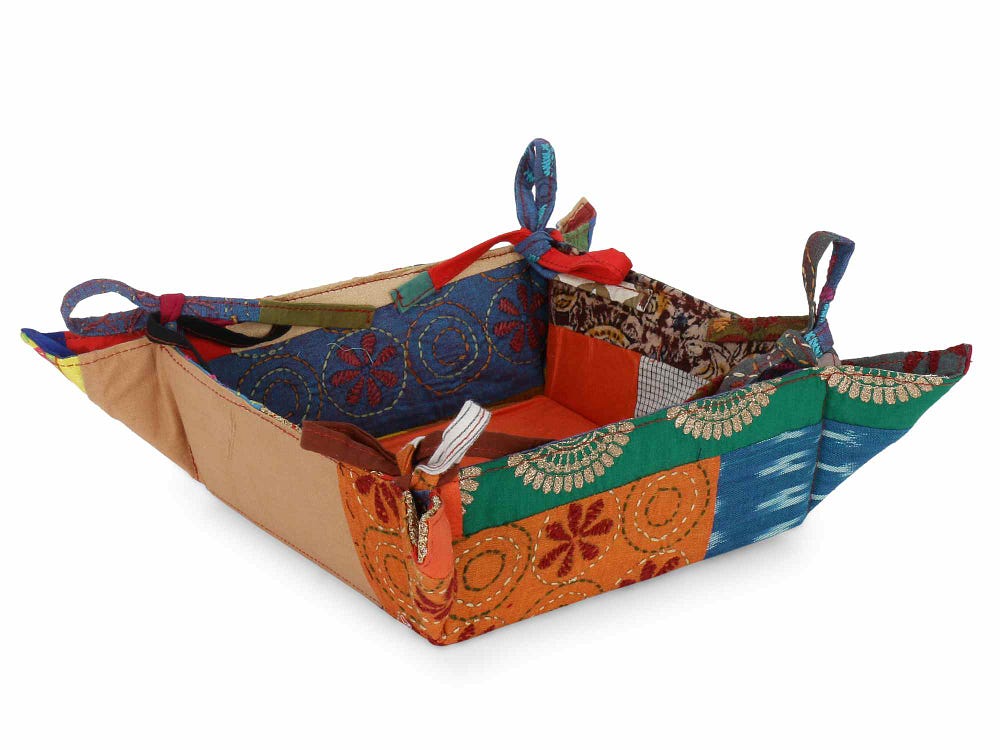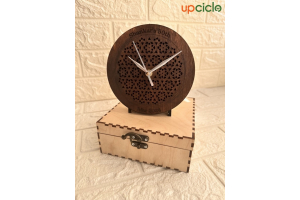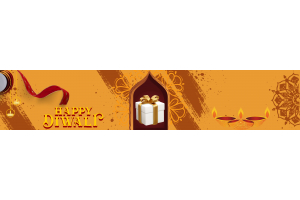Circular Economy: The Never-Ending Life Cycle of Sustainability.
Our act of burning through an item and disposing of it has been followed over generations, beginning from the maker and finishing off at the landfills. Our utilization of products since the modern transformation, which further cut down item costs has resulted in higher landfills. This idea of economy is called ‘Linear Economy,’ one where materials only go further in a process that accounts to waste, with no return. For quite a while, we have been following this model of economy which is becoming truly unreasonable as time advances.
The idea on which our planet is working right currently is, “Take, Make, and Dispose of”. We take raw materials from the producers, use them to make items needed to support us on this planet, and once finished with it, we discard it, as trash. However, have you ever thought about the consequences of this simple act?
What happens to the waste once we dispose it off to the corner of the street? What course does it pursue for a day or two? Also, what befalls it later? The most widely recognised discernment is that it goes to squander treatment plants where it is made reasonable to be covered under the earth. Yet, is that it? Furthermore, in particular, is that generally advantageous?
With heaps of landfills which is definitely not effective in well-being, and also a source of climate danger, the world looked towards other methodology. Since then, numerous nations have begun to utilize a cycle called “CIRCULAR ECONOMY”.
Circular Economy is a model that targets assets of the nature being used as far as might be feasible and at limiting or taking out waste by zeroing in on items that are “made to keep going long and to be made once more,” therefore utilizing the misuse of an item which has passed its valuable life.
This implies, that in the circular economy, the receiving nations attempt to extend the utilization of items more than once and consequently the materials can be utilized again and again, instead of the Linear Economy, which are utilized once or at most twice before being sent off as waste.
The thought behind it is to quicken the change from a linear economy, where raw materials are utilized and afterward disposed of, to a circular economy that is “remedial and regenerative by the plan.” The methodology makes the most of each occasion to fix, renovate, re-manufacture, and reuse specialized (i.e., non-natural) materials in a way that takes out waste.
The traditional manufacturing process is acceptable at supporting the “take, make, arrange” model, which is eventually not maintainable. Maybe we need to seek out approaches to limit or dispense with squander by guaranteeing our items concur to the 5 R’s of the round economy, i.e. reduced raw material, reused unwanted products, repaired for better usage, re-manufactured with value addition, and eventually reused by the end customer. Grasping these alternatives displaces the 3 R’s (reduce, reuse, recycle) of a straight methodology and keeps items, parts, and materials at their most noteworthy utility and incentive consistently.
This may appear to be the clearest activity however as of now, just 14 percent of worldwide plastic bundling is reused, and the rest, worth an expected 4.96 trillion Rupees is inevitably lost after one short use. One examination focuses on the off chance that with every latest thing which isn’t turned around, by 2050 there will be more plastic in the ocean than fish.
We are always blessed with occasions to reconsider and re-plan our future, where nothing is lost and everything is changed.
The primary thought behind round economy incorporates the accompanying:
- Plan for the future.
- Utilize squander as an asset.
- Protect and expand what’s now being made.
- Work together to make larger joint worth.
- Fuse computerized innovation to improve manufacturing.
- Costs or other input systems ought to reflect genuine expenses.
Numerous nations including China, Japan, Australia, and nations from the EU have begun to receive Circular Economy for a huge scope giving up Linear Economy, accordingly holding hands for the preservation, security, and improvement of our current circumstance and thus our Green Planet.

Upciclo comprehends the need and significance of the advantages of circular economy and subsequently adjusts it in different items recorded with them like reused paper journals, packs, and purses made of upcycled fabric, recovered wooden cups, redecorated wine bottles and more (natural body care & pet care products). Upciclo gives the clients a scope of utilizing reused and upcycled items alongside other eco-accommodating and biodegradable options and guarantees the items stay available for use in a vastly improved structure and quality in contrast with its past state and brings to you, the clients, some astounding assortment of repurposed items while running after a round and a much productive economy!




